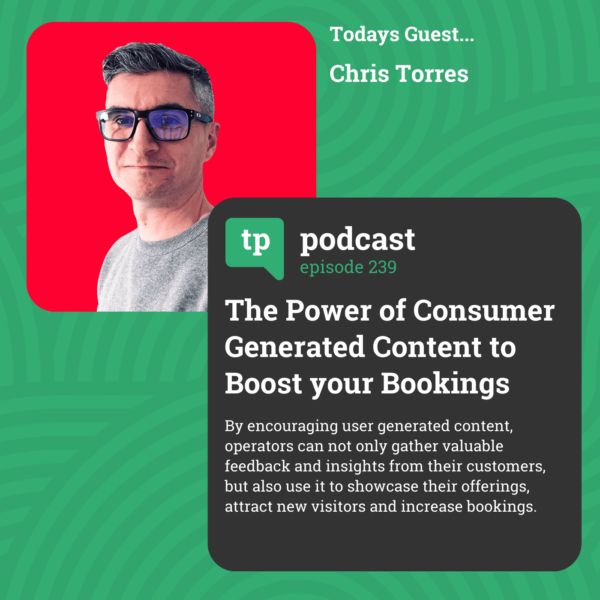Top Tourism Mistakes Part 3 – DigiTourShow Daily #003
The third top mistake is only offering a customer experience once they are participating in your product.
You should make your customers feel loved from before, during and after their tour, stay or experience.
Send a series of ‘countdown’ emails making the customer feel excited before they even arrive. These can offer advice, tips of the destination and even up-sell new experiences.
Post experience email them asking for feedback and give them a discount for referring a friend.
Think out the box. Say you run a private tour company and you have picked that customer up from a hotel. Add to your product the cost of a simple bunch of flowers. The day after that customer has experienced your product, deliver the flowers with a thank you note to their hotel. Think how that unexpected gift will make them feel.
Anything you can do to make that customer feel loved will make them a friend for life.
Filming location: Park Güell, Barcelona
#digitourshow #barcelona
@ParkGuell_es
Need more free advice?
Chris and his team will send you a weekly email offering high-value insight and advice about a variety of marketing and business development topics related to the tourism industry. We address specific destinations, tours and activities, and the hotel industry. We also provide important travel industry news and updates.

